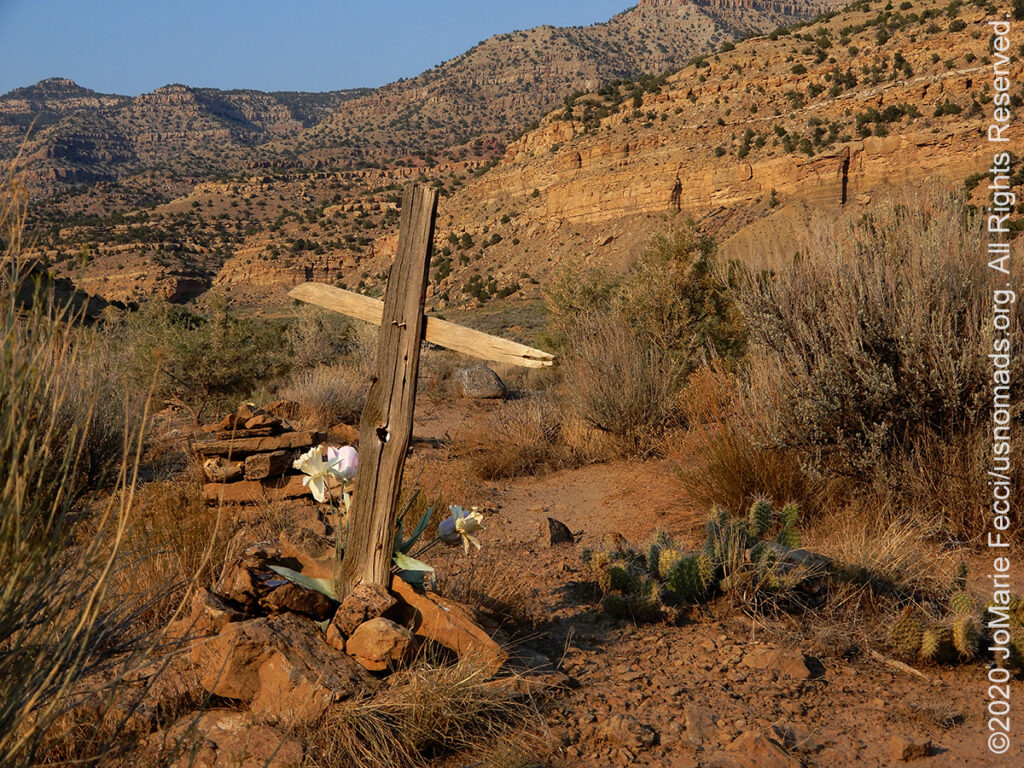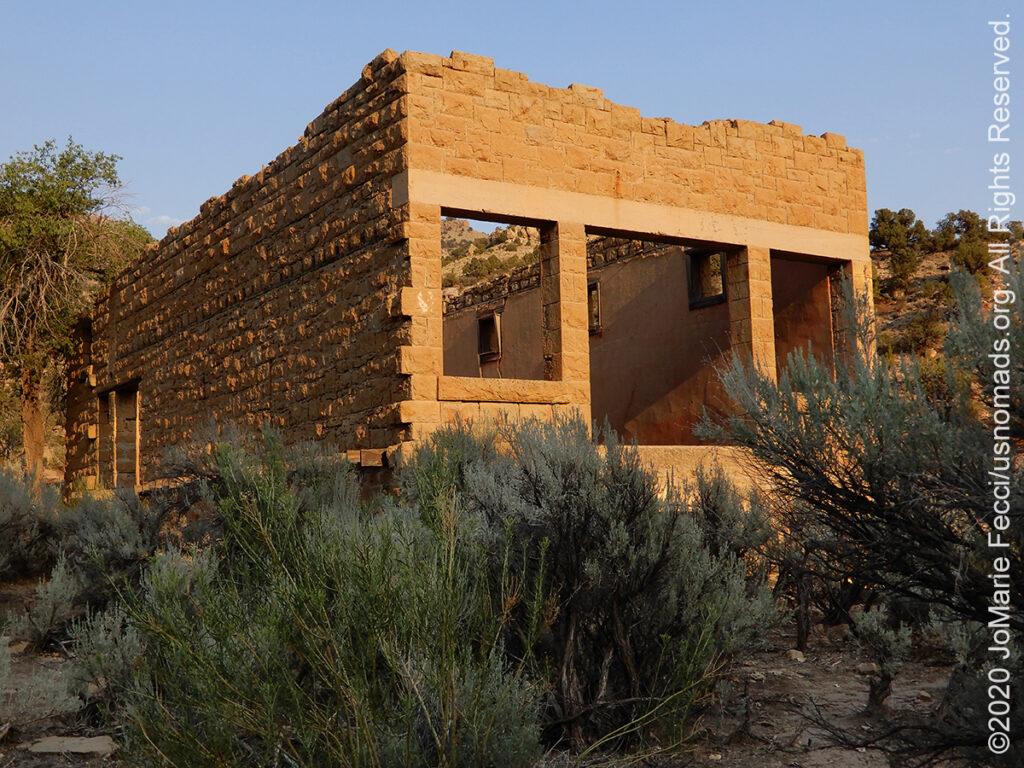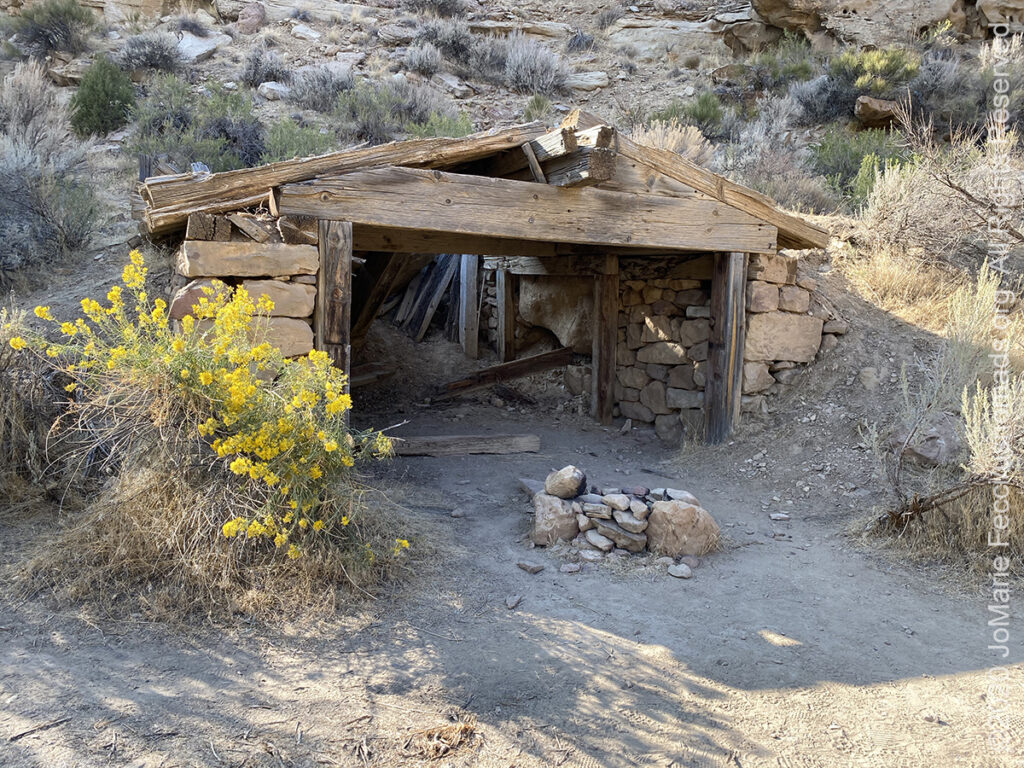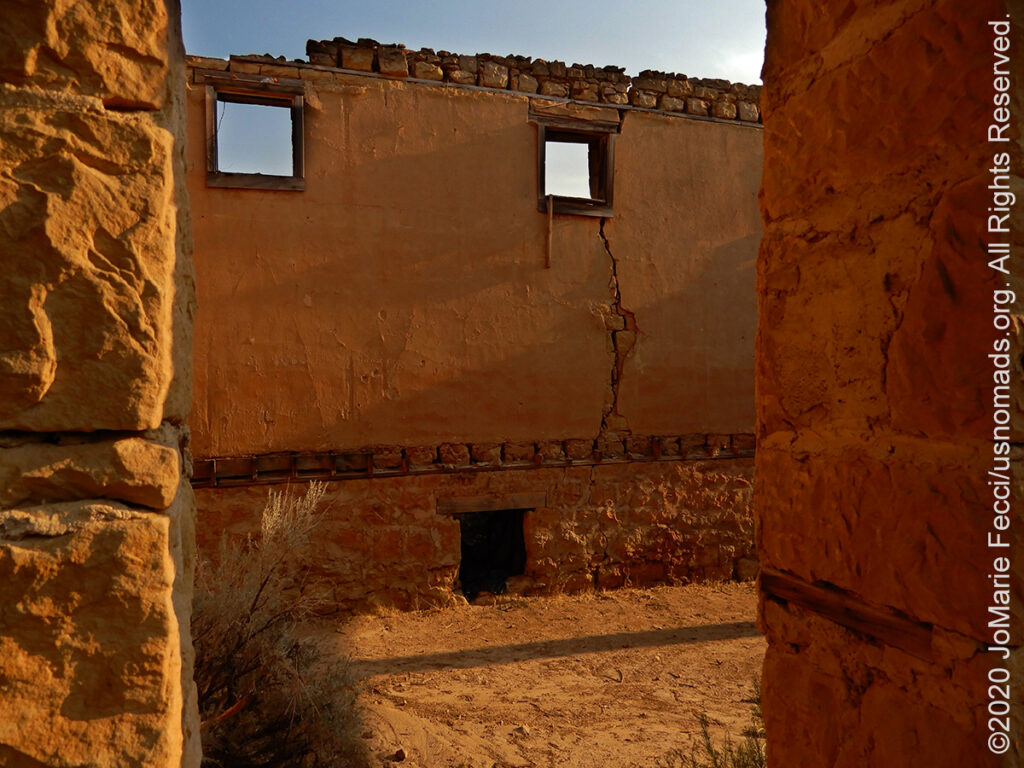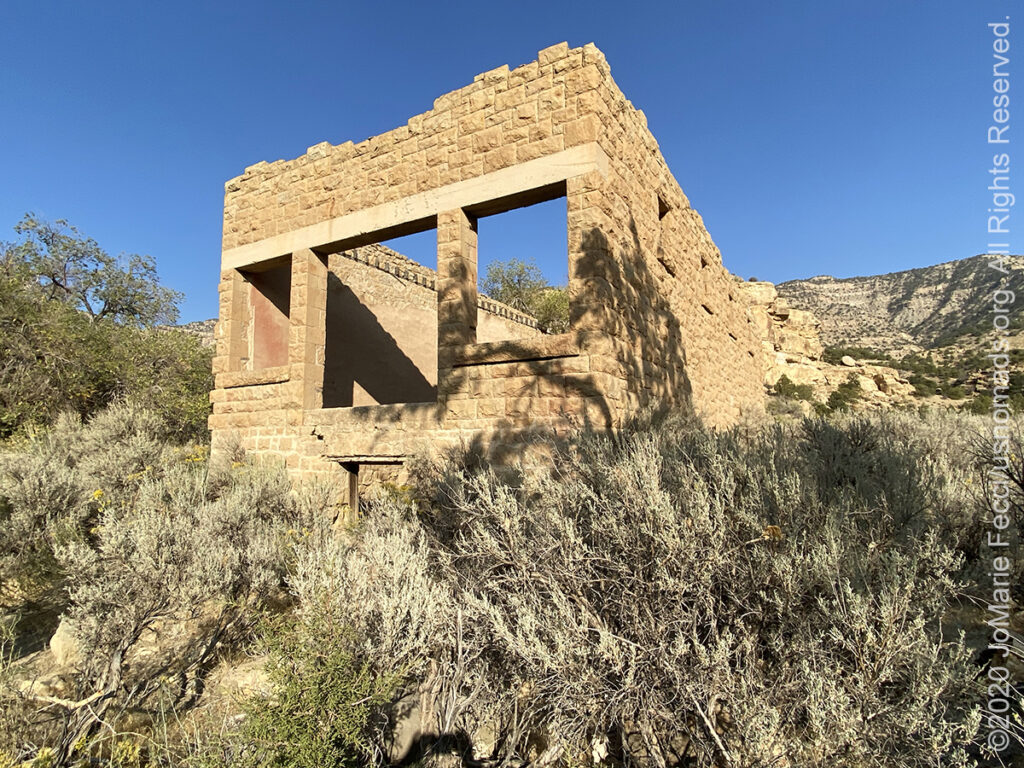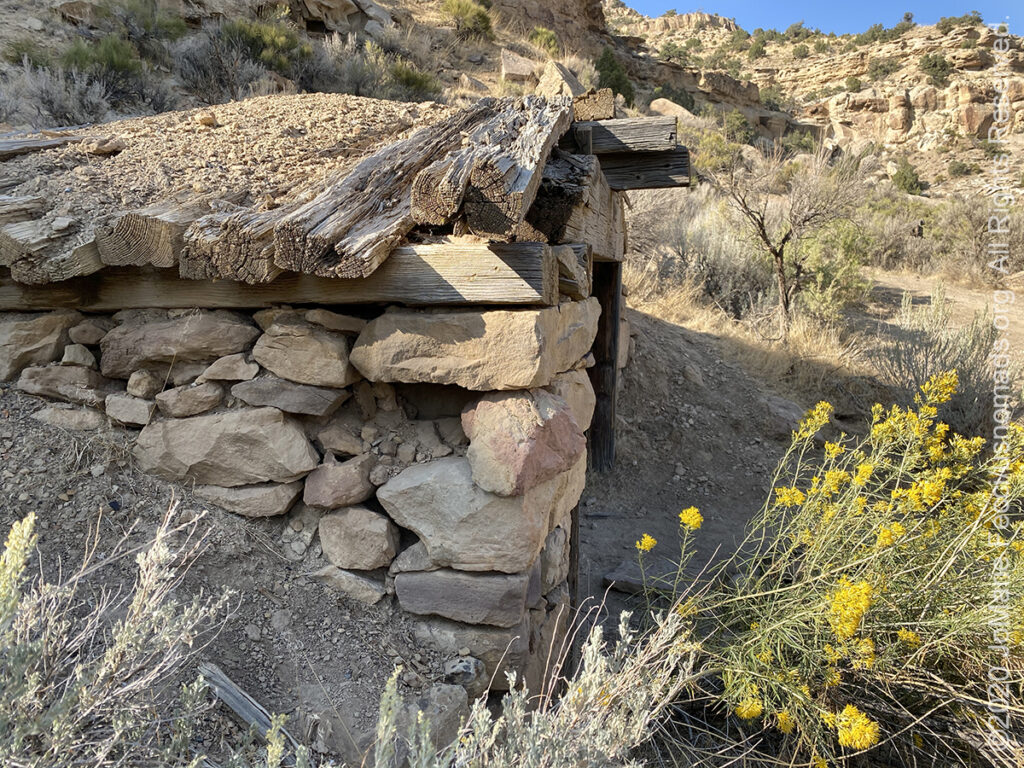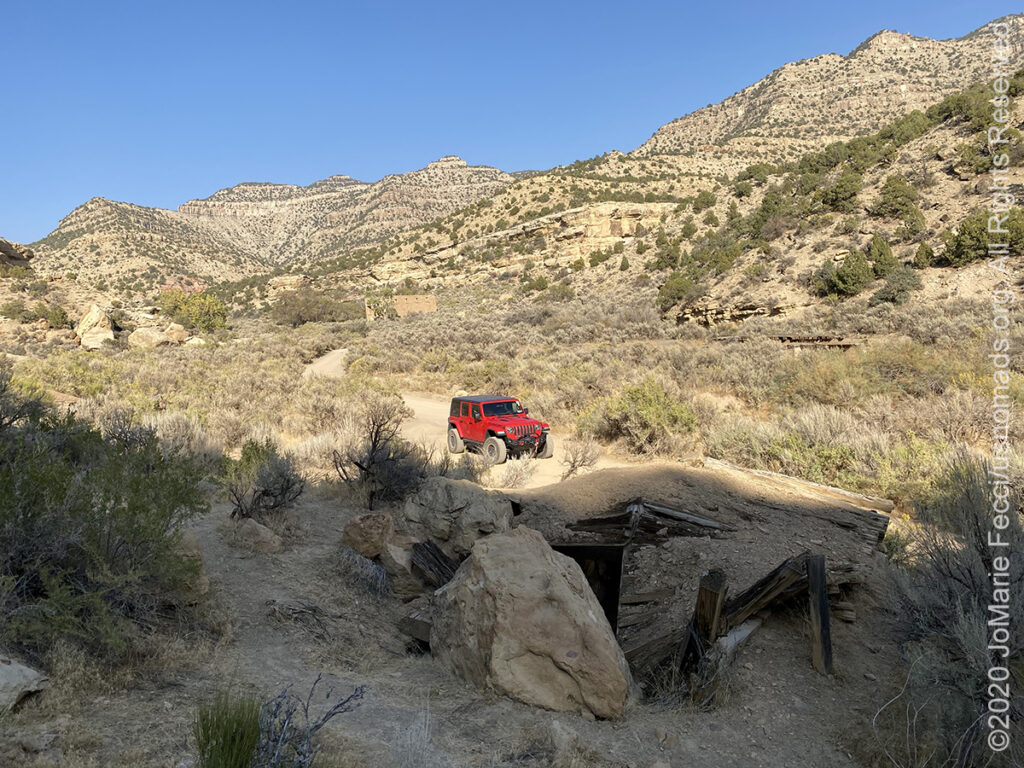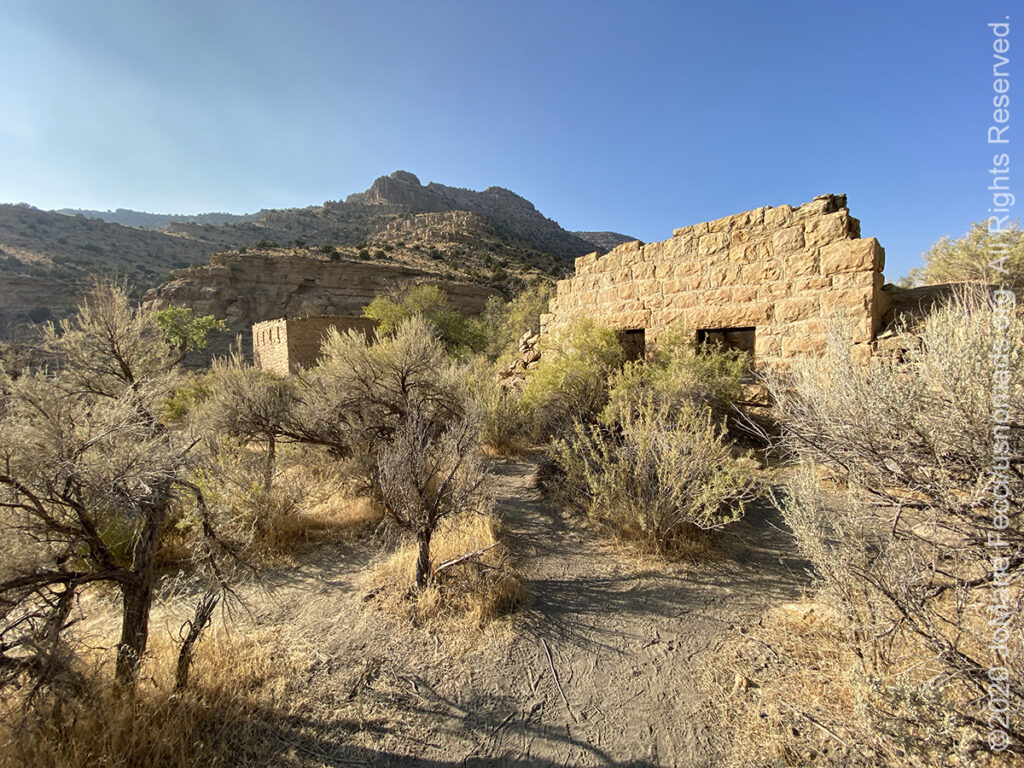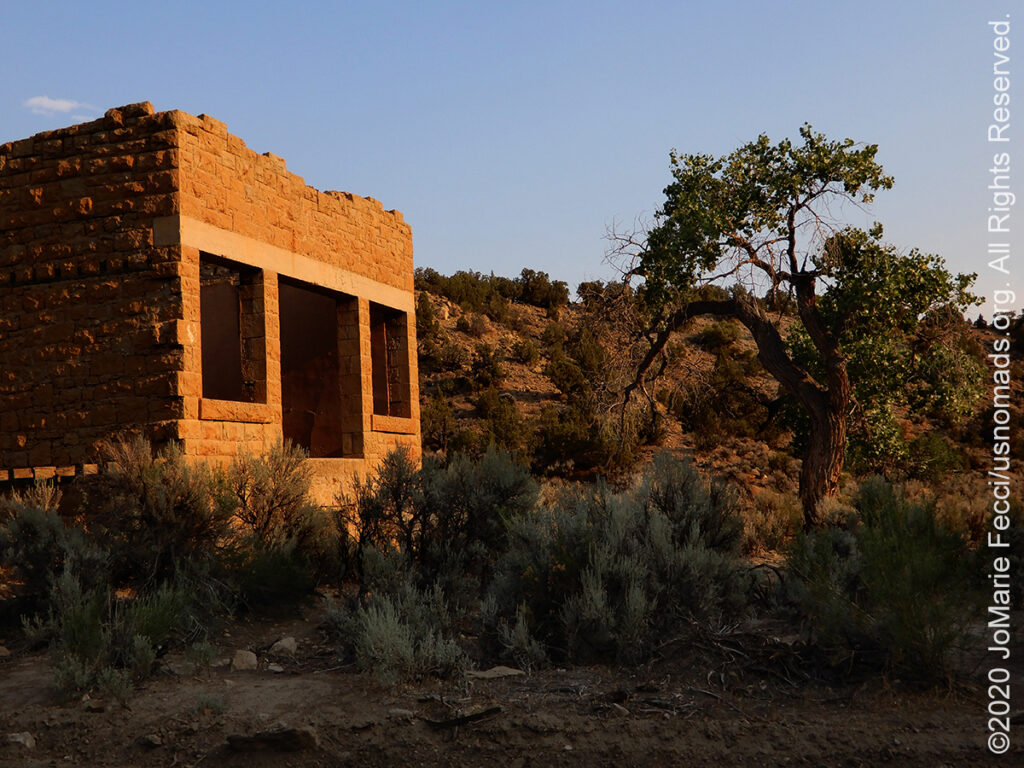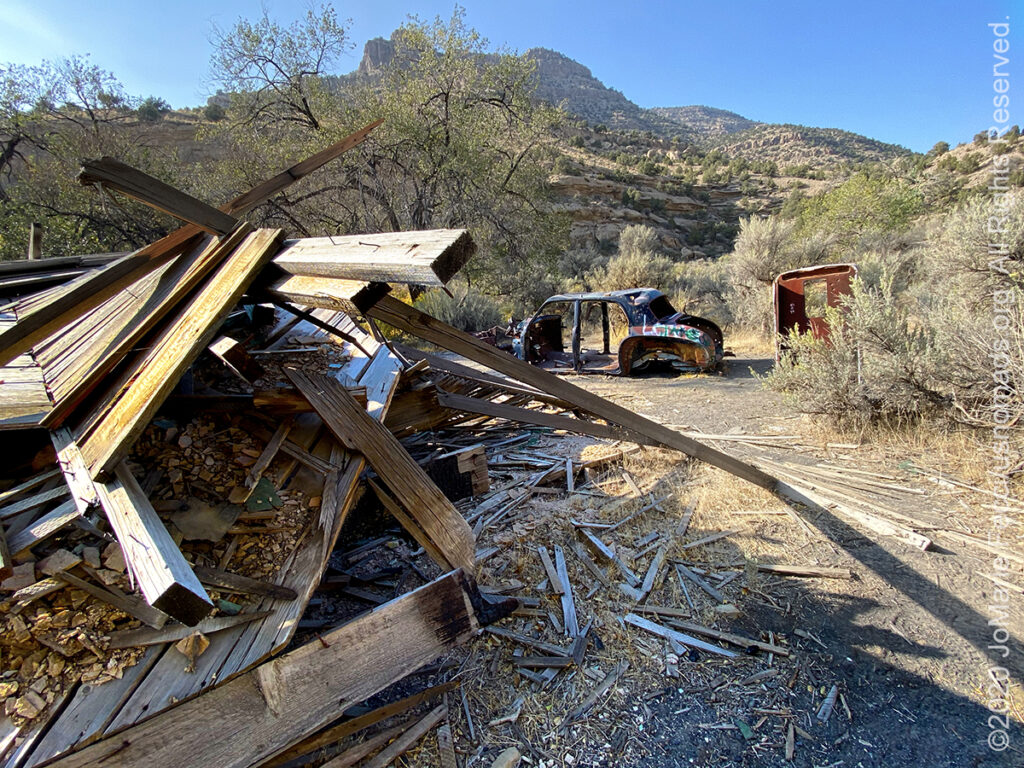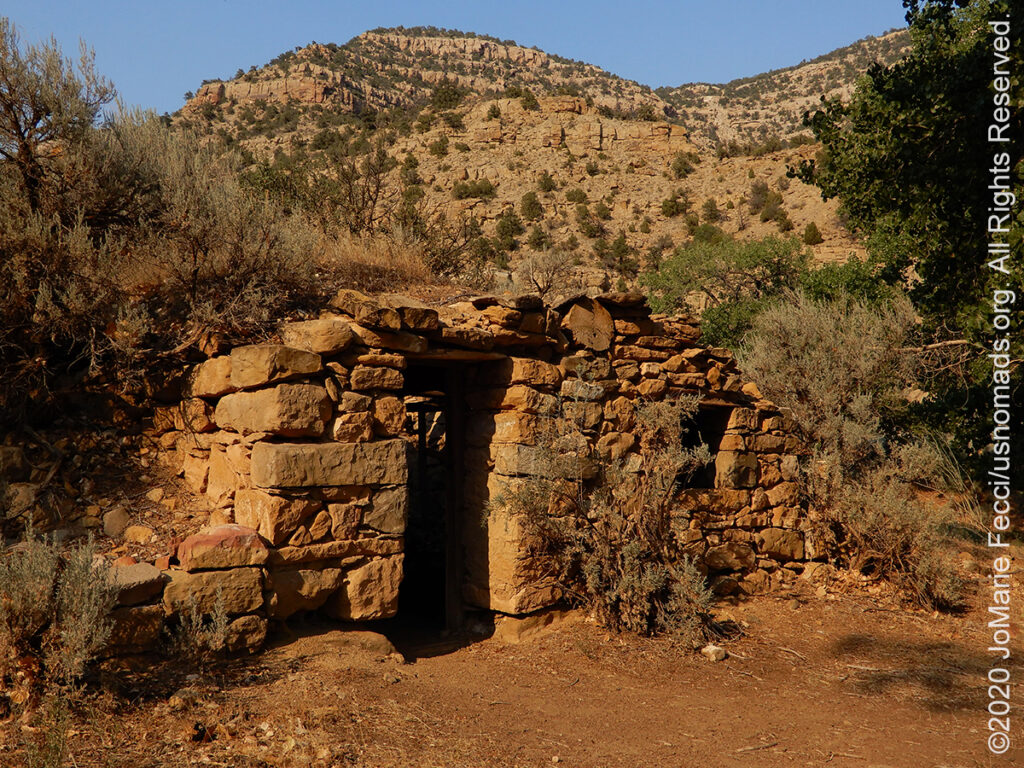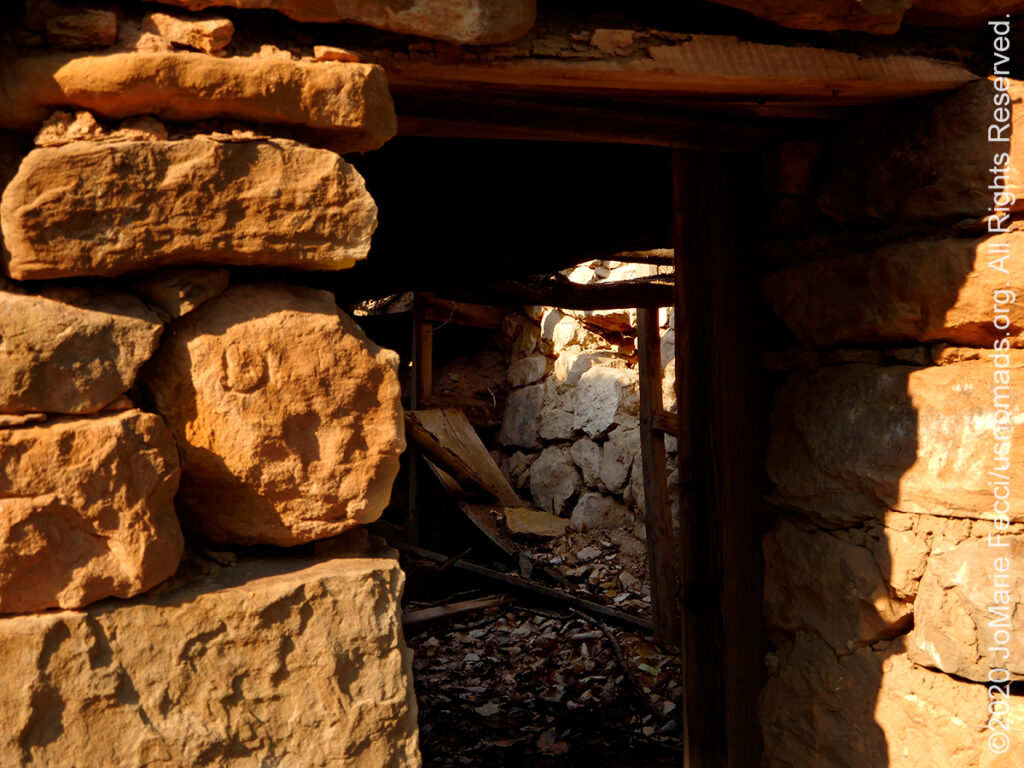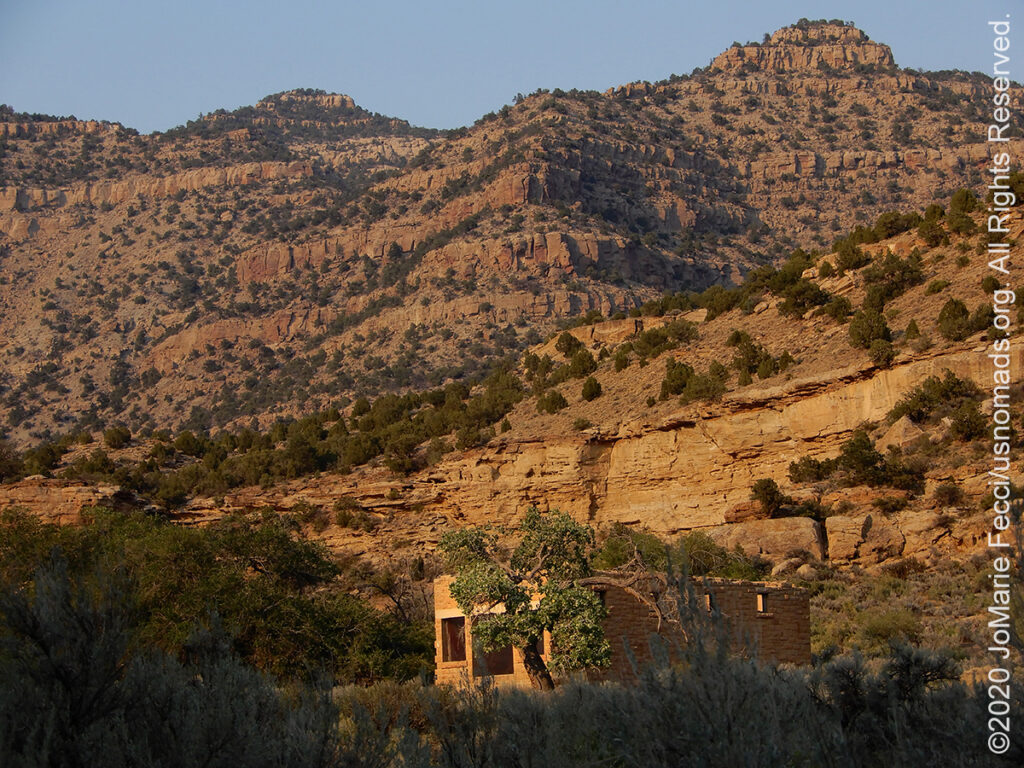By 1915 profits were low to nonexistent, and paydays very irregular. The company tried to enforce a system where miners were paid in scrip redeemable only at the company store, and miners who dared to shop in Thompson, where prices were half those at Neslin, were threatened with the loss of their jobs. The miners went on strike in April 1915, after having not been paid for five months.
Frustrated by the mine’s unprofitability, Bauer forced a corporate reorganization in 1916, replacing Richard Neslin and renaming the corporation Chesterfield Coal Company. Bauer also changed the town’s name to Sego in 1918 — for the sego lily, Utah’s state flower, which grew abundantly in the canyon.
The new company continued to have financial difficulties and Sego’s miners were never paid regularly until they joined the United Mine Workers in 1933. By 1947 production costs exceeded income, and the company decided to close down. The miners that once had numbered 125 had been reduced to just 27. The men pooled their resources and with the backing of two banks bought out the Chesterfield Coal Company assets. The miners organized under the name Utah Grand Coal Company and their first year was very successful. Then fire destroyed the tipple in 1949, and another serious fire the next year burned more equipment. The final blow came when the railroad converted to diesel locomotives, virtually eliminating the demand for coal.
The Utah Grand sold its holdings in 1955 to a Texas company that intended to explore for oil and natural gas. Homes were moved to Thompson, Moab, and even Fruita, Colorado, and the schoolhouse was taken to Thompson. A flash flood in the 1950s wiped out the rest of the miners and Sego was gone.
Several of the old earth and stone dugout constructions can still be seen around the canyon, often half obscured by the brush, but in surprisingly good condition. And the tall stone facade of the company store remains prominent, poking up between the overgrowth like a beacon in the middle of the canyon. Next to it a rusted old car hulk sits permanently parked in front of the collapsed ruins of what was a wooden boarding house. The rest of the remains of the townsite are spread out along the length of the canyon, and the whole site is particularly beautiful in the golden light of the late afternoon sun.
Much of the historic area of Sego was listed on the National Register of Historic Places as the Ballard-Sego Coal Mine Historic District in 2017 and the area is managed by the BLM. The ghost town is accessible via the grade of the old Ballard & Thompson Railroad spur from the town of Thompson Springs, and en route there is a fabulous rock art site with a small parking area and signage. Note that the area contains a combination of public and private land, and some of the rock art is actually on private property, so be respectful of the boundaries while exploring.

